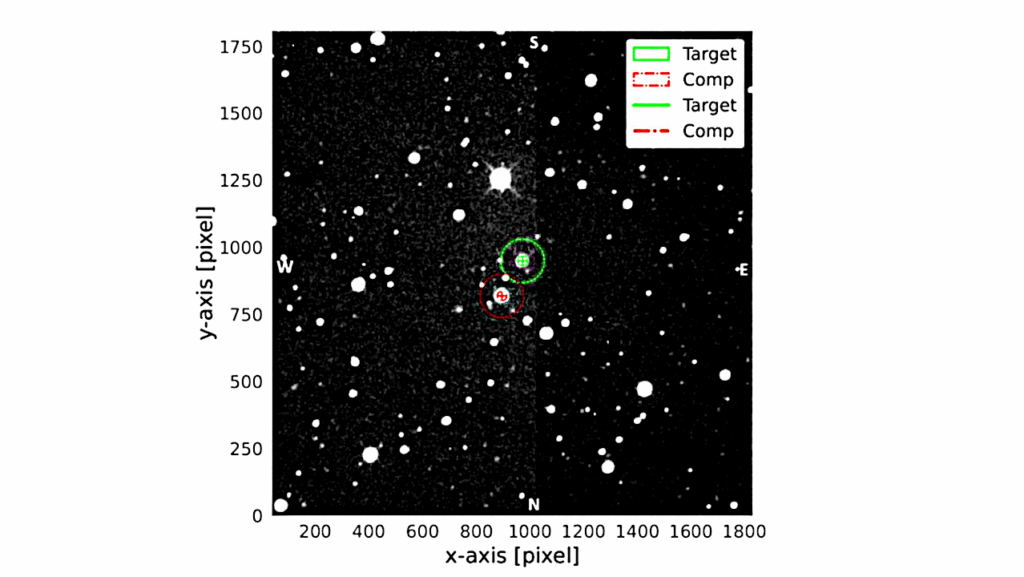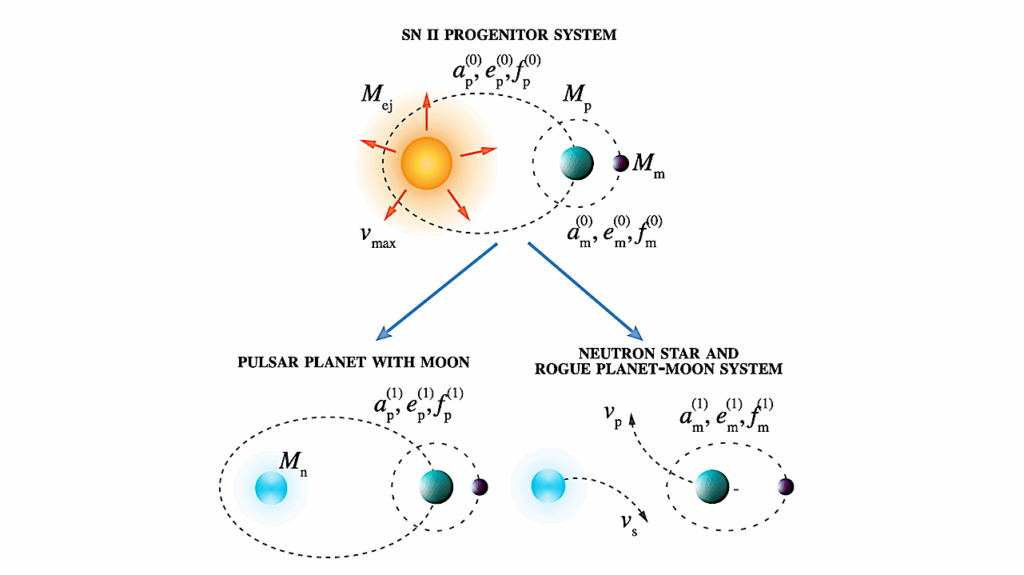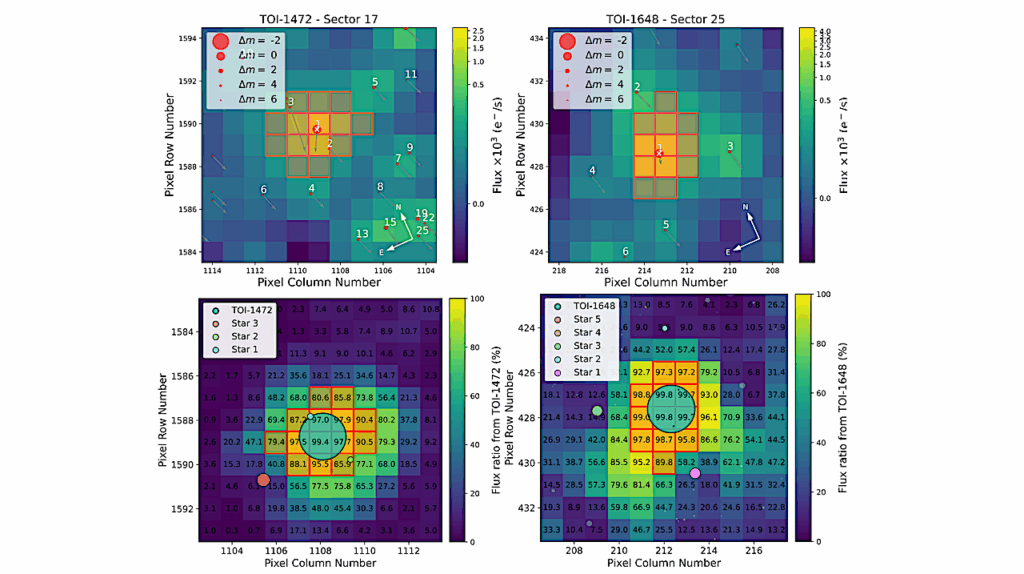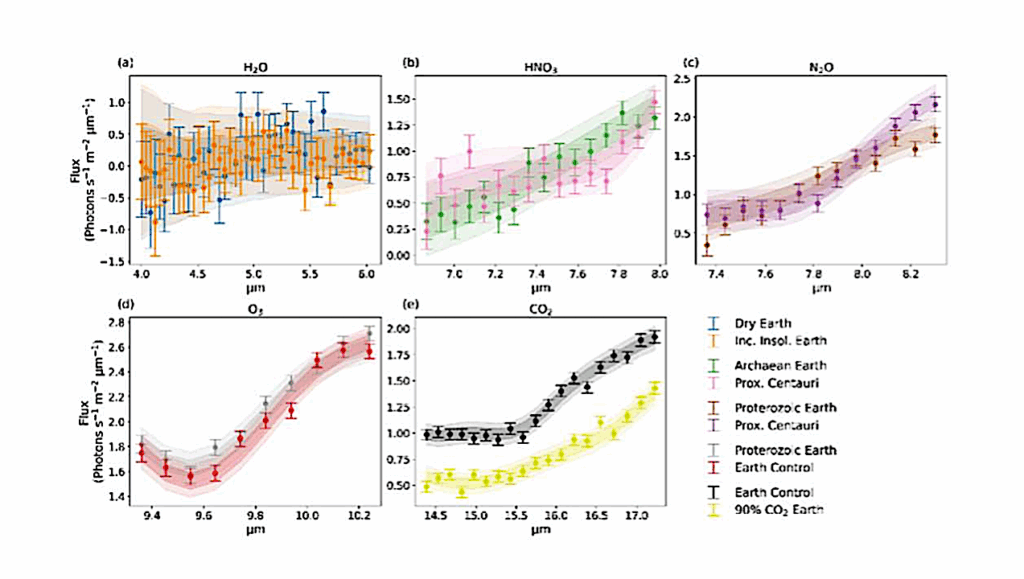Are We There Yet? Challenges In Quantifying The Frequency Of Earth Analogs In The Habitable Zone
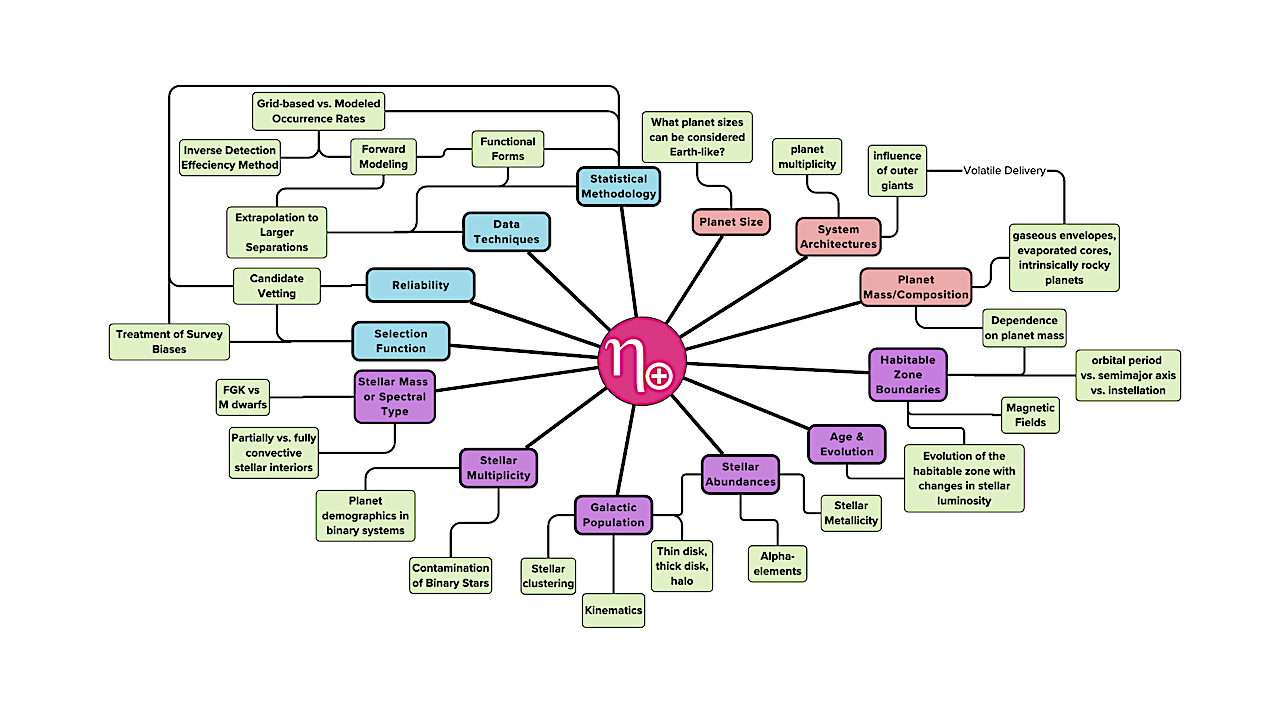
Searching for life elsewhere in the universe is one of the most highly prioritized pursuits in astronomy today.
However, the ability to observe evidence of Earth-like life through biosignatures is limited by the number of planets in the solar neighborhood with conditions similar to Earth. The occurrence rate of Earth-like planets in the habitable zones of Sun-like stars, η⊕, is therefore crucial for addressing the apparent lack of consensus on its value in the literature.
Here we present a review of the current understanding of η⊕. We first provide definitions for parameters that contribute to η⊕. Then, we discuss the previous and current estimated parameter values and the context of the limitations on the analyses that produced these estimates.
We compile an extensive list of the factors that go into any calculation of η⊕, and how detection techniques and surveys differ in their sensitivity and ability to accurately constrain η⊕.
Understanding and refining the value of η⊕ is crucial for upcoming missions and telescopes, such as the planned Habitable Worlds Observatory and the Large Interferometer for Exoplanets, which aim to search for biosignatures on exoplanets in the solar neighborhood.
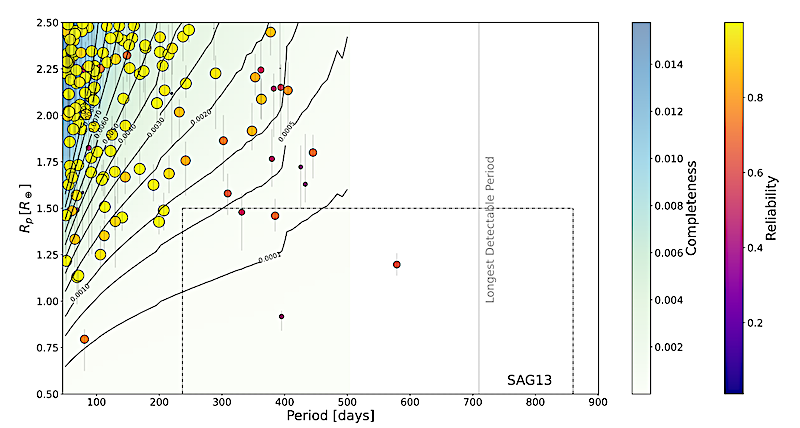
The DR25 Kepler exoplanet candidate population around FGK stars used in the analysis of S. Bryson et al. (2021), shown in period and radius, colored and sized by reliability with exoplanet radius error bars. The background color map and contours indicate detection completeness, which was only measured for orbital periods < 500 days. The longest detectable period from Kepler data assuming three transits is indicated at 710 days. The rectangle shows the SAG13 definition of η⊕, Adapted from S. Bryson et al. (2020a). — astro-ph.EP
Rachel B. Fernandes, Samson Johnson, Galen J. Bergsten, Sakhee Bhure, Kiersten M. Boley, Alan P. Boss, Steve Bryson, William DeRocco, Jamie Dietrich, Alison Duck, Steven Giacalone, Arvind F. Gupta, Matthias Y. He, Michelle Kunimoto, Kristo Ment, Sheila Sagear, Michele L. Silverstein, Kendall Sullivan, Eliot Halley Vrijmoet, Kevin Wagner, Robert F. Wilson, Lucas Brefka, Ruslan Belikov, Aritra Chakrabarty, Jessie L. Christiansen, David R. Ciardi, Anne Dattilo, Evan Fitzmaurice, Eric B. Ford, Andrew Hotnisky, Sinclaire Jones, Aman Kar, Ravi Kopparapu, Nataliea Lowson, Eric E. Mamajek, Bertrand Mennesson, Michael R. Meyer, Sarah Millholland, Gijs D. Mulders, Susan E. Mullally, Arjun Murlidhar, Ilaria Pascucci, Darin Ragozzine, Paul Robertson, Karl Stapelfeldt, Jason Wright
Comments: 34 pages, 12 figures, under review at PASP
Subjects: Earth and Planetary Astrophysics (astro-ph.EP); Instrumentation and Methods for Astrophysics (astro-ph.IM); Solar and Stellar Astrophysics (astro-ph.SR)
Cite as: arXiv:2511.05660 [astro-ph.EP] (or arXiv:2511.05660v1 [astro-ph.EP] for this version)
https://doi.org/10.48550/arXiv.2511.05660
Focus to learn more
Submission history
From: Rachel Fernandes
[v1] Fri, 7 Nov 2025 19:00:06 UTC (2,346 KB)
https://arxiv.org/abs/2511.05660
Astrobiology,



